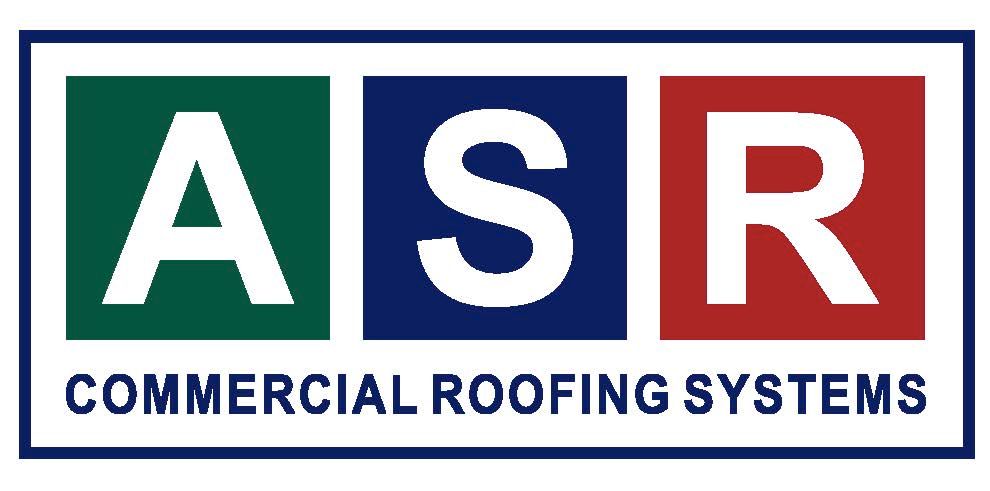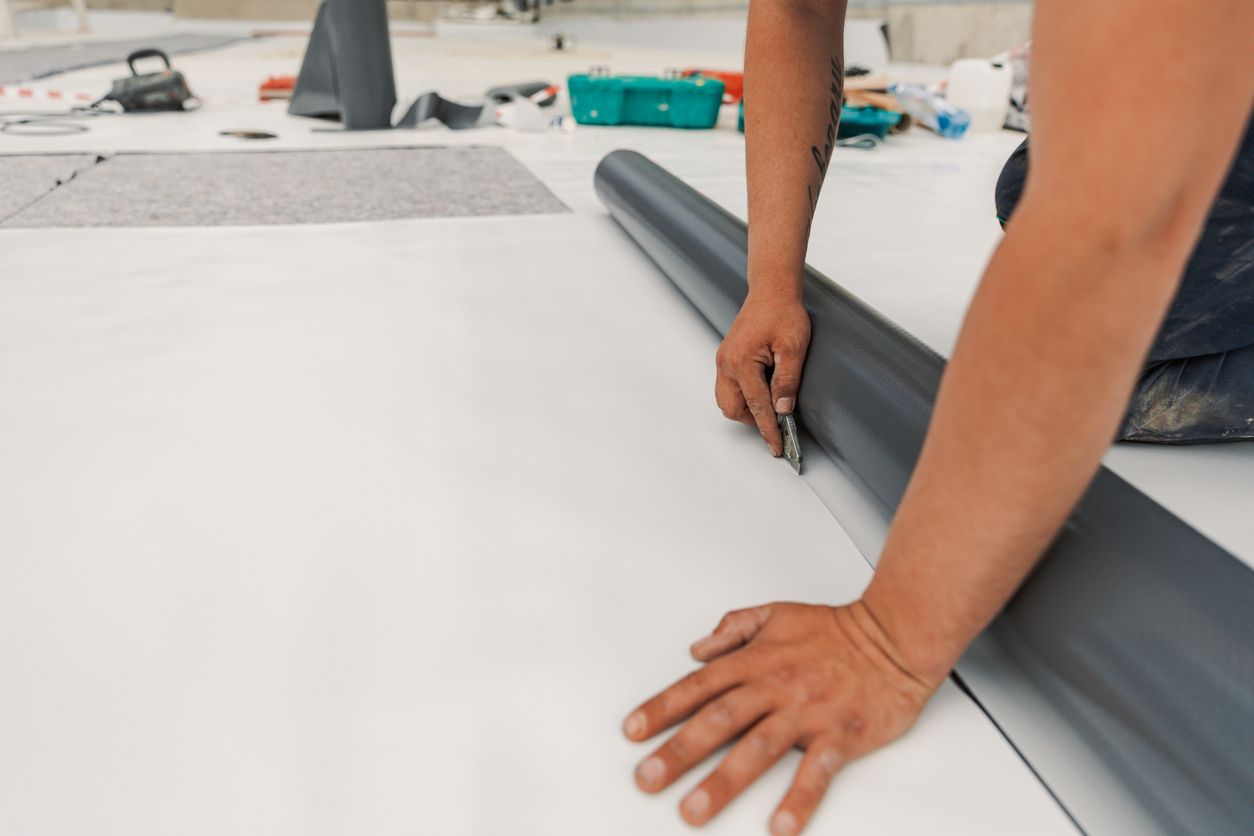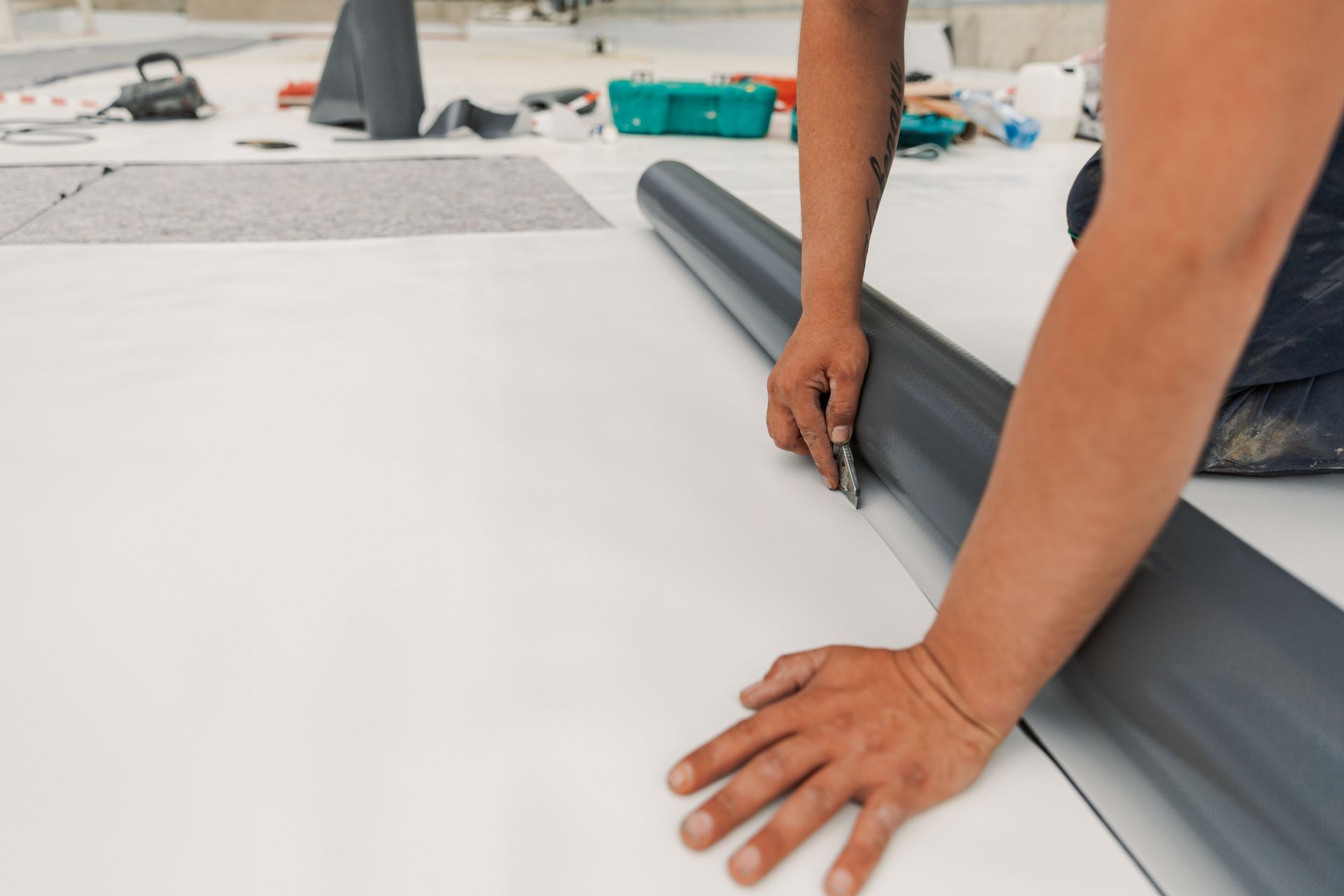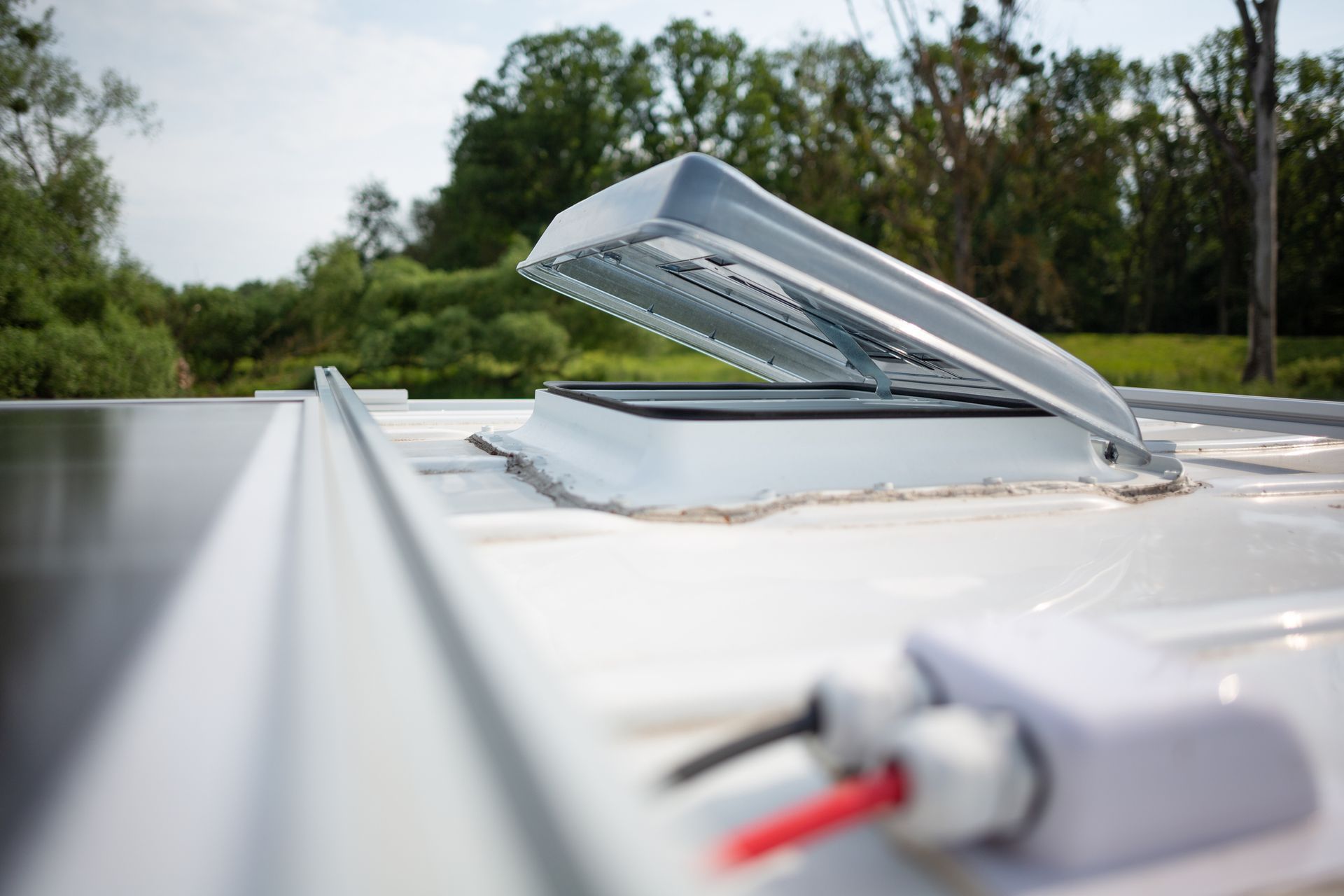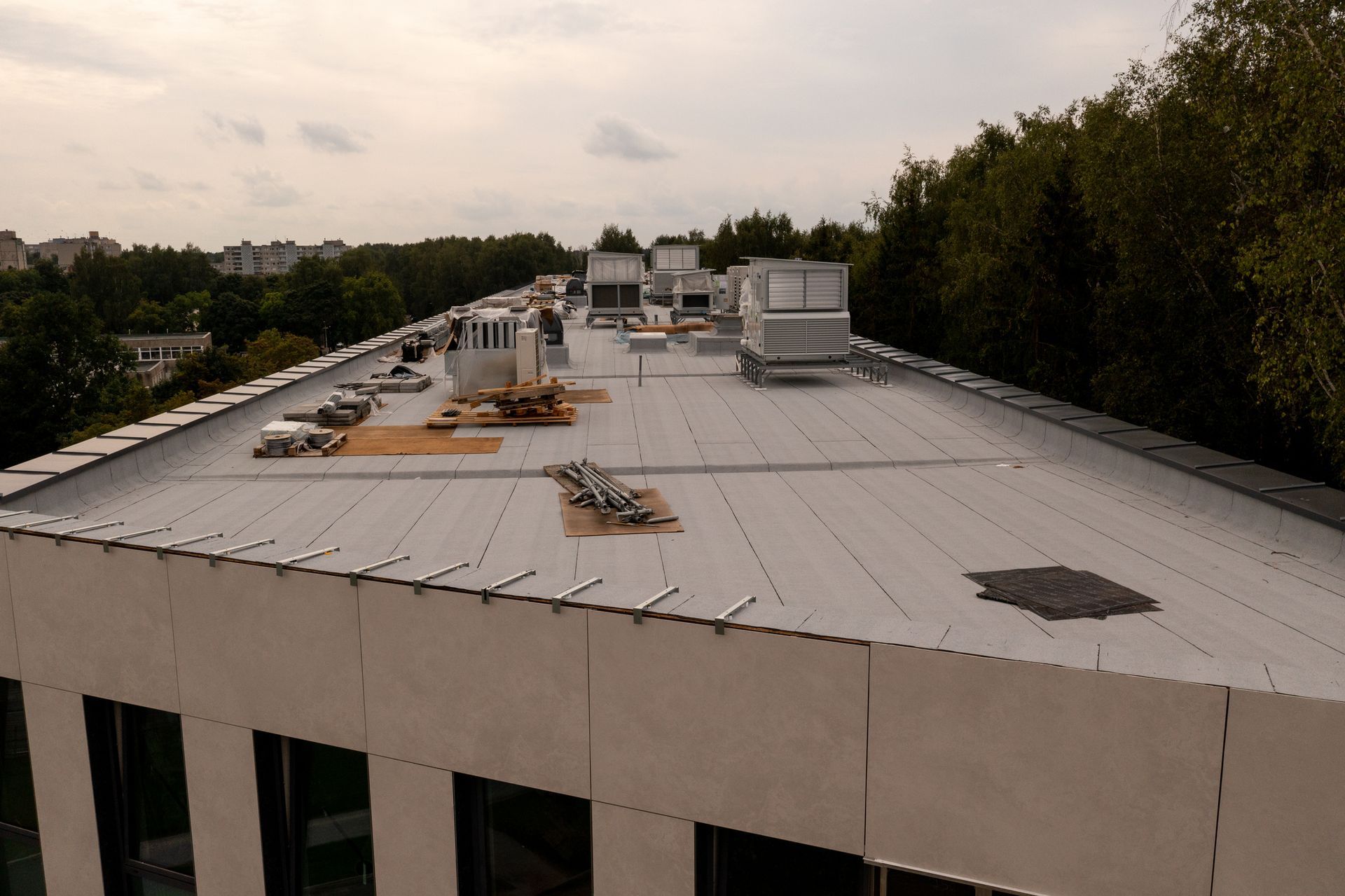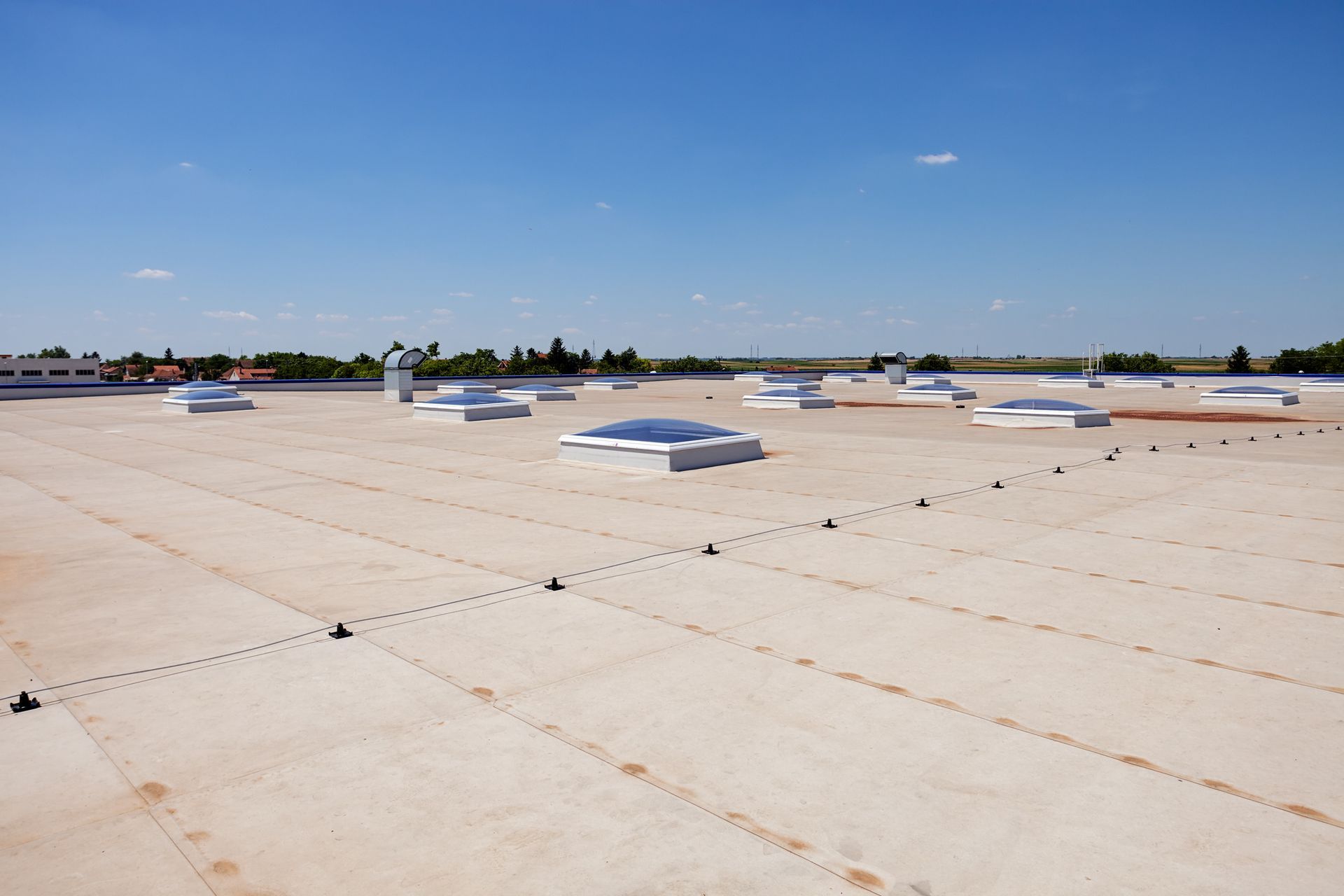Identifying and Handling Flat Roof Hail Damage
Hailstorms frequently hit the Midwest in the spring, so it's crucial to know how to identify hail damage on your flat roof. Let's review the common types of hail damage that can affect commercial roofs and then discuss the best steps to take if you discover such damage.
Types of Hail Damage
The type of hail damage your roof might experience depends on the flat roof membrane your commercial building uses. Here are some membrane types:
TPO/PVC Membranes:
Thermoplastic polyolefin (TPO/PVC) membranes can withstand hailstones up to 1 3/4 inches in diameter. However, as TPO membranes age and their plastic components deteriorate, they become more vulnerable to hail damage. Hail damage on TPO roofs usually presents as semicircular patterns or cracks. To protect an aging TPO roof, consider installing rigid insulation boards beneath the membrane to reinforce it.
EPDM Membranes:
Ethylene propylene diene monomer (EPDM) membranes can resist hailstones up to 2 1/2 inches in diameter. These membranes are more flexible than TPO, but they can suffer from hail-induced punctures if the substrate has become soft. EPDM hail damage often looks similar to damage on TPO membranes, appearing as cracks.
Built-Up Roof (BUR) Membranes:
BUR membranes consist of layers of asphalt and gravel placed between and on top of reinforcement fabric layers. The gravel and layered structure make them more hail-resistant than single-ply TPO and EPDM membranes. However, excessive foot traffic can loosen the gravel, making the membrane susceptible to small hailstones—usually around 1 1/2 inches in diameter. These smaller hailstones can displace the gravel and damage the underlying asphalt.
Roof Top Insulation:
One often overlooked type of hail damage is damage to the rigid insulation that is often used with commercial roofs. A large enough hail stone (2”+) can cause the insulation to divot and break the fiberglass facer. When a membrane is adhered to this insulation this can cause delamination and loss of adhesion. This damage can be difficult to identify because often it is not visible damage.
The type of hail damage your roof might sustain depends on its roofing materials. To prepare for Midwestern hailstorms, identify what type of commercial flat roof you have and review the specific details above.
How to Prevent Damage?
To prevent hail damage to your flat roof, start by conducting regular inspections to check for signs of wear and tear. Catching issues early can prevent more severe damage during a hailstorm. Installing special hail resistant insulation during initial install on TPO and EPDM, can significantly enhance the membrane's resistance to hail impact. Regular maintenance, including ensuring that foot traffic is minimized, will keep these systems effective and resilient against hail damage.
How to Fix Hail Damage?
If your roof sustains hail damage, taking swift action is crucial. Start with an immediate inspection, carefully documenting all visible damage with clear photographs from multiple angles. This documentation is vital for the insurance claim process. Next, contact your insurance company to file a claim and provide them with your detailed report and photos. After filing the claim, reach out to All Seasons Roofing to schedule a professional roof inspection. Their expertise will ensure a thorough assessment of the damage, providing you with the necessary documentation to support your insurance claim. Follow through with the recommended repairs, ensuring all work meets defined standards. This approach will help restore your roof's integrity and protect your building from future hail damage.
Steps to Take After Spotting Hail Damage on Your Commercial Flat Roof
- Perform an Initial Inspection: Right after a hailstorm, it's vital to perform a preliminary inspection of your flat roof. Safety is paramount, so make sure the weather conditions are stable before you begin. Use binoculars from the ground or safely access the roof using appropriate safety gear. Look for obvious signs of damage such as cracks, broken or displaced materials, and dents or holes.
- Document the Damage: Take clear, comprehensive photographs of any damage you notice. Include wide-angle shots to show context and close-ups for details. Photos should cover the entire roof area to ensure no damage is overlooked. Additionally, take notes on the specific locations and types of damage you observe.
- Contact Your Insurance Company: As soon as possible, reach out to your insurance company to file a claim. Provide them with a detailed report of your preliminary findings, including photographs and notes. Be sure to ask what specific documentation they require and how the claims process will proceed. This step is critical for setting the stage for your claim and alerting them to the damage swiftly.
- Schedule an Inspection with All Seasons Roofing: Contact All Seasons Roofing to schedule a professional roof inspection. Our team will assess the extent of the hail damage in detail, providing an expert evaluation that can support your insurance claim. This step helps ensure that all damage is identified and thoroughly documented by professionals.
- Review the Insurance Adjuster’s Inspection: Your insurance company will likely send their own adjuster to evaluate your roof damage. Be present during this inspection to make sure they see all the damage you’ve documented. Since their assessment might not always align with your best interests, having your inspection report from All Seasons Roofing will help you advocate for a fair assessment.
- Compare Inspections and Resolve Discrepancies: Compare the findings from All Seasons Roofing with those of the insurance adjuster. If there are any discrepancies, discuss them with your insurance provider using the detailed report and photos provided by All Seasons Roofing. Our expert documentation ensures that any missed or under-evaluated damage gets due consideration.
- Obtain Repair Estimates: Get repair estimates based on the detailed damage report compiled by All Seasons Roofing. These estimates should include the cost of materials, labor, and any additional expenses required to restore your roof to its pre-damage condition. Make sure to get detailed and itemized estimates to simplify the comparison process for your insurer.
- Review and Finalize Your Claim: Submit the repair estimates and All Seasons Roofing’s inspection report to your insurance company for final approval. Engage in any necessary negotiations using the comprehensive evidence and professional assessments you've gathered. Your goal is to ensure that your policy covers all necessary repairs without compromise.
- Schedule Repairs: Once your insurance claim is approved, coordinate with All Seasons Roofing to schedule the repairs. Ensure all work meets the agreed-upon specifications and timeline. Our team uses high-quality materials and expert techniques to restore your roof quickly and efficiently.
- Follow-Up Inspection: After the repair work is completed, conduct a follow-up inspection with All Seasons Roofing to ensure all damage has been properly addressed and that there are no remaining issues. This final check guarantees that your roof is fully repaired and ready to face future weather conditions.
By following these detailed steps, you can efficiently manage the hail damage repair process for your commercial flat roof, ensuring all repairs are conducted professionally and covered by your insurance policy.
Other Storm Damage Inspections
In addition to hail damage, we also inspect for wind damage during storm-related insurance claims. High winds can lift single-ply membranes off the roof system. When combined with hail impact, this can cause significant issues if not addressed promptly. When you contact All Seasons Roofing for storm damage repairs, we use top-quality products to ensure your membrane remains securely adhered to your roof.
Repair Hail Damage with All Seasons Roofing
If your commercial flat roof has suffered hail damage, contact All Seasons Roofing for an inspection and repairs. We will assess your roof’s condition and the extent of storm damage, work with you and your insurance company to get your claim approved and recommend necessary repairs. We're here to help you understand how much hail damage your roof has sustained, assist with getting your insurance claim approved, and handle the repairs needed to restore your roof’s integrity.
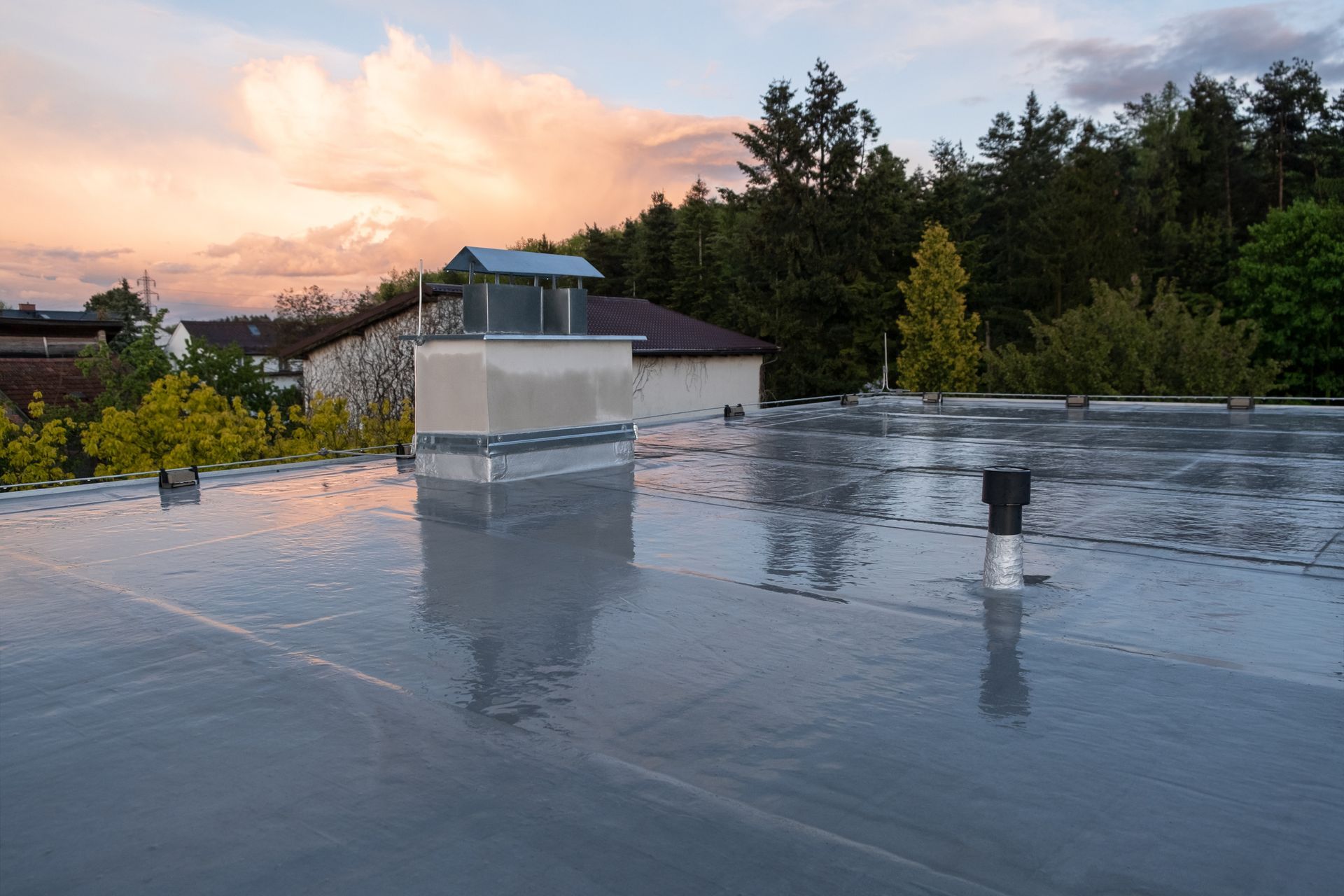
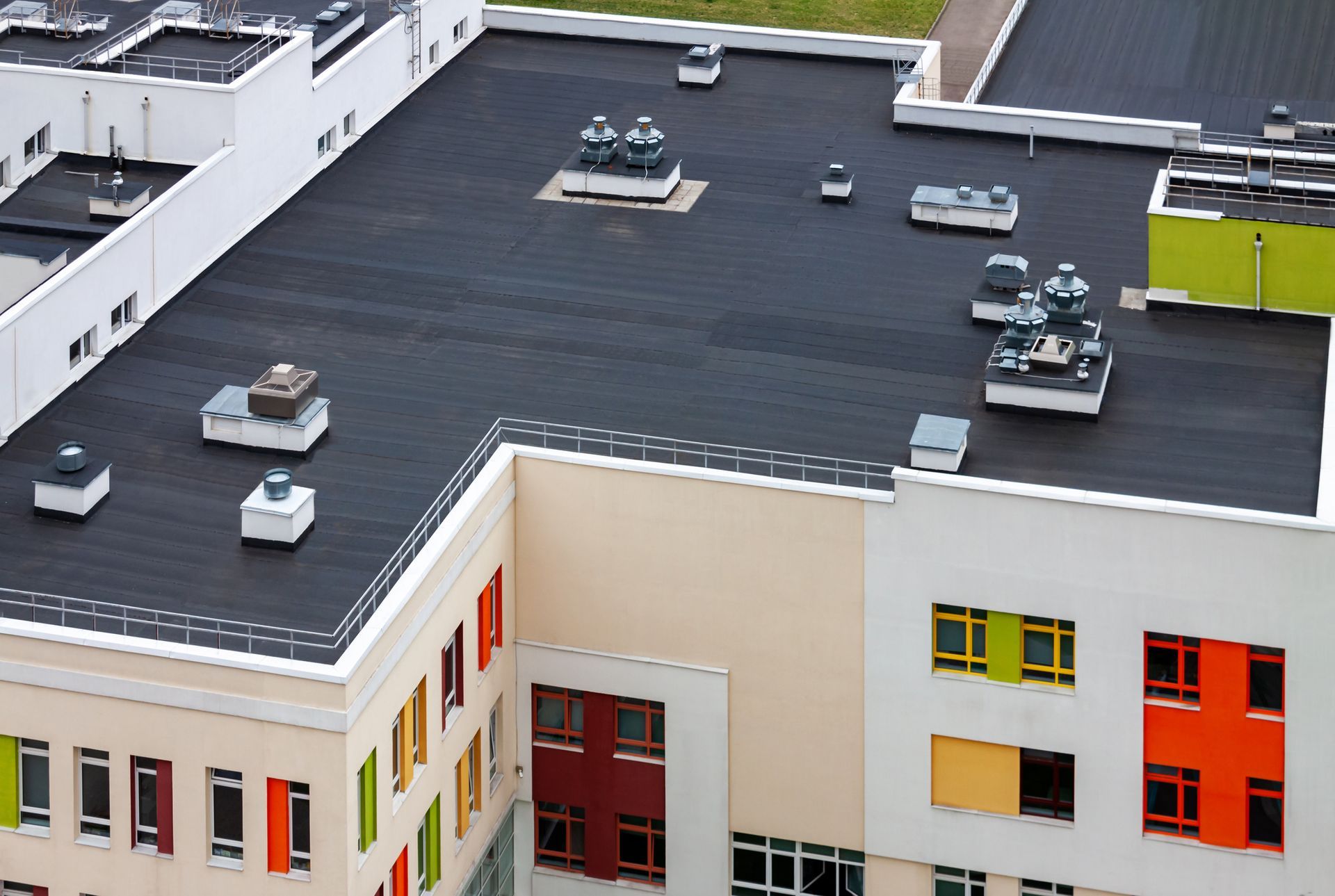


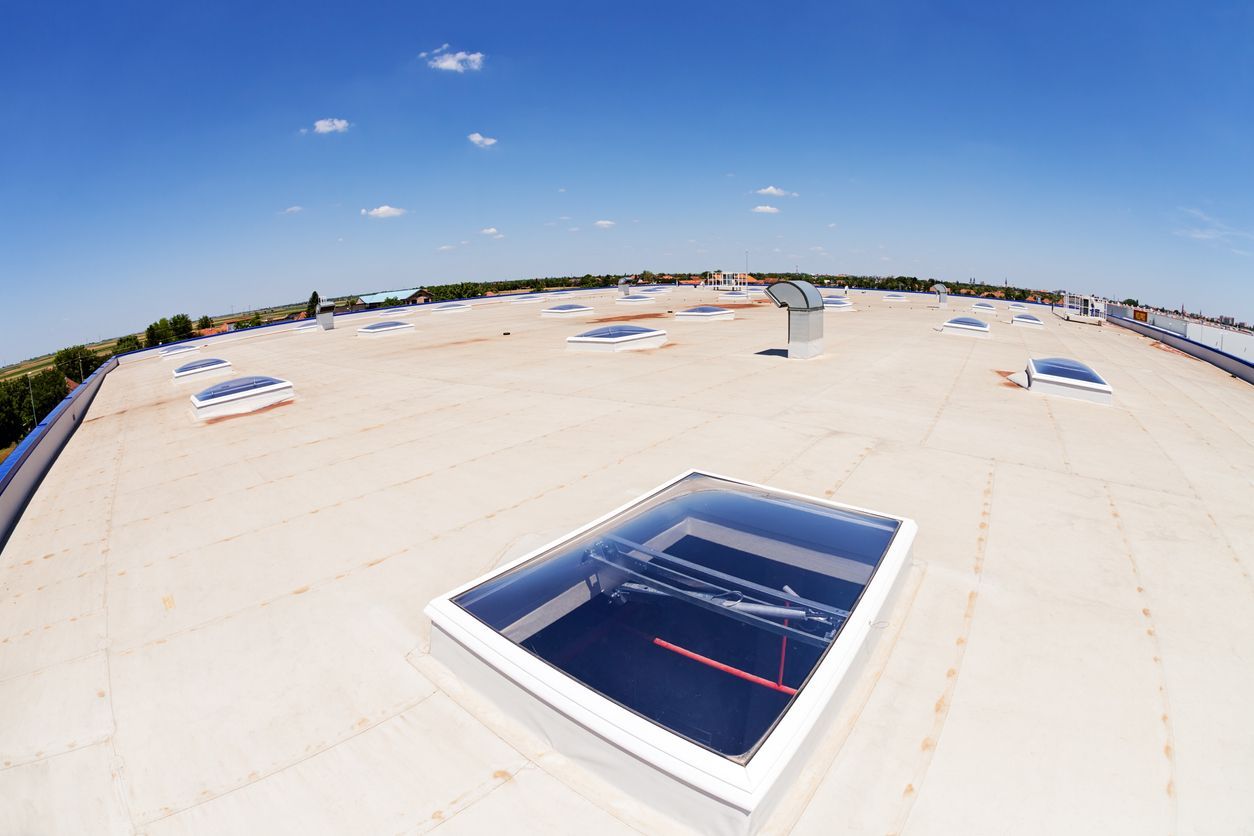
All Rights Reserved | All Seasons Roofing | Powered by Flypaper | Privacy Policy
